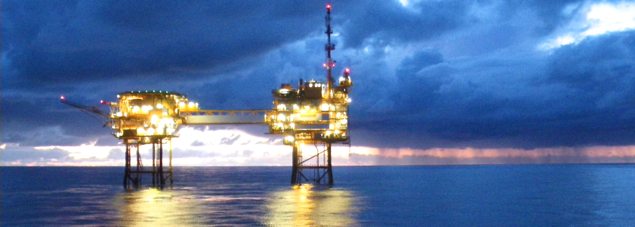
Energy Profits Levy – surprise announcement
HM Treasury published a policy paper yesterday, which sets out some details on the changes that are intended to be introduced to the Energy Profits Levy (“EPL”). The policy paper

HM Treasury published a policy paper yesterday, which sets out some details on the changes that are intended to be introduced to the Energy Profits Levy (“EPL”). The policy paper

Worth checking the position When EPL was introduced with effect from May 2022 there was some confusion as to how

The Chancellor delivered the Spring Budget 2024 today. We summarise below the announcements that were made on the specific rules

The Labour Party announced on 8 February that they are dropping their pledge to spend £28bn per year on “green

The Chancellor delivered the Autumn Statement 2023 today. We summarise below the announcements that were made on the specific rules

Court of Appeal decision published in the Royal Bank of Canada case In March 2022. we published a newsletter on

Companies that are members of multinational groups (“MNE”) with annual consolidated revenue of €750 million or more will be required

As reported in our Newsletter of 15 March, the increase in the rate of Energy Profits Levy (‘EPL’) to 35%

The Chancellor delivered Spring Budget 2023 today. There were two announcements on the specific rules that apply to UK upstream

The Chancellor delivered the Autumn Statement 2022 today. As expected the tax rate applicable to UK oil and gas profits
© 2024 CW Energy LLP